

Boise
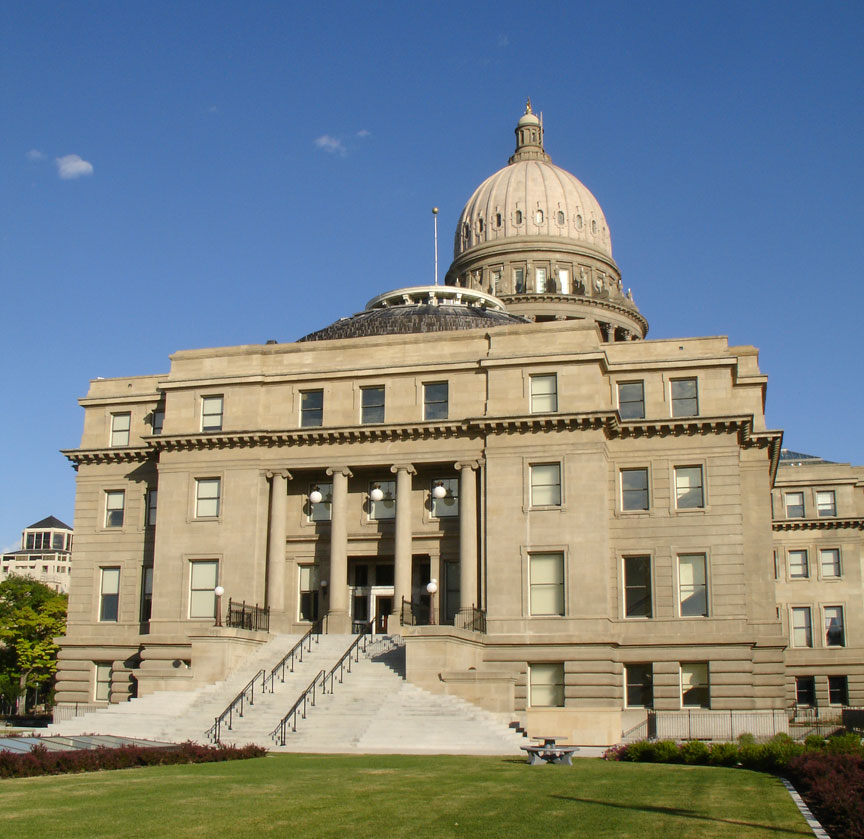
State Capital
Boise, less commonly known as Boise City is a city located in the Northwestern United States in the state of Idaho. Boise is the capital and most populous city of the U.S. state of Idaho as well as the county seat of Ada County. Located on the Boise River, this is the principal city of the Boise City-Nampa metropolitan area and the largest city between Salt Lake City, Utah and Portland, Oregon. As of the 2008 Census Bureau estimates, Boise's city population was 205,314, making it the third largest city in the Pacific Northwest. The Boise metropolitan area is estimated to have 585,207 inhabitants, by far the most populous metropolitan area in Idaho. It is also the 100th largest US city by population.
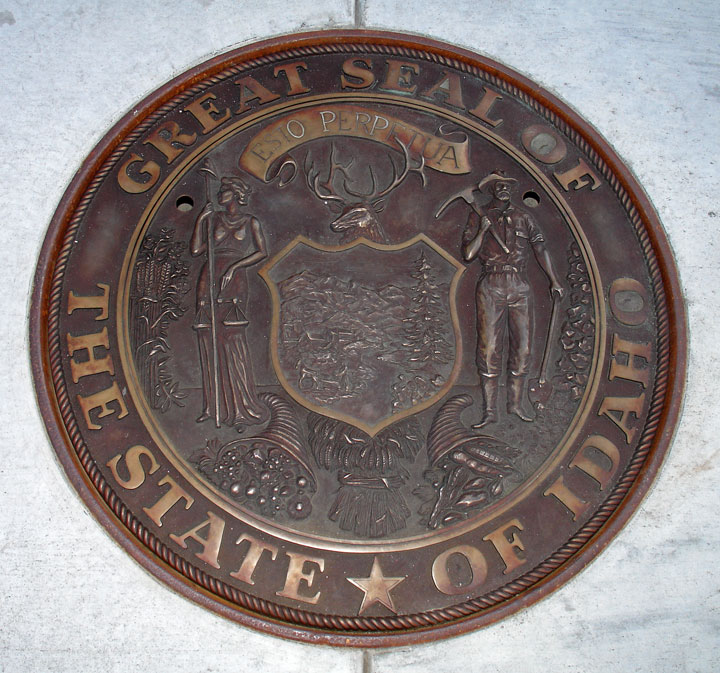
Accounts differ, however, about the origin of the name. One version credits
Capt. B.L.E. Bonneville of the U.S. Army as its source. After trekking for weeks
through dry and rough terrain, his exploration party reached an overlook with a
view of the Boise River Valley. The place where they stood is called Bonneville
Point, located on the Oregon Trail east of the city. According to the story, a
French-speaking guide, overwhelmed by the sight of the verdant river, yelled
"Les bois! Les bois!" ("The woods! The woods!")—and the name stuck. An
apocryphal version of this story mis-attributes this guide as being part of the
Lewis and Clark Expedition.
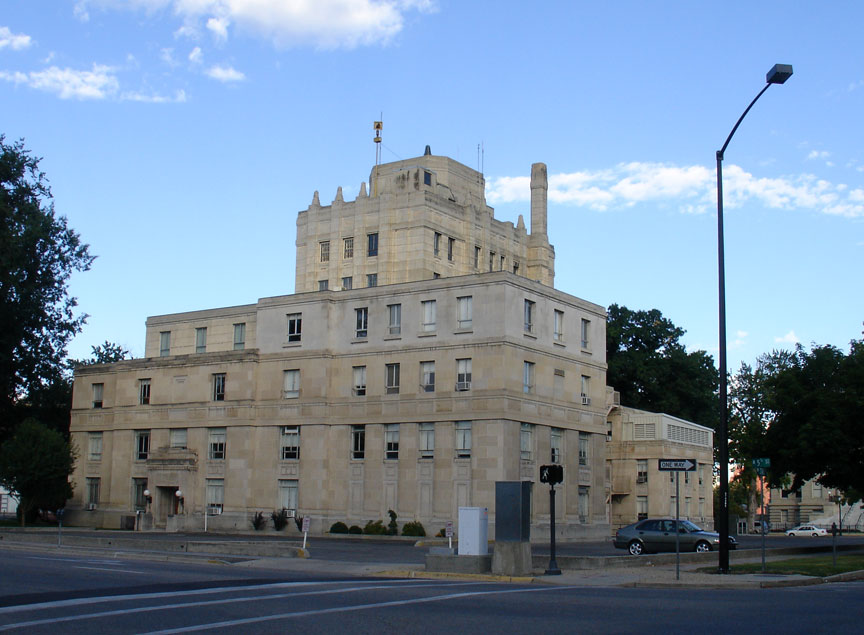
Ada County
The name may instead derive from earlier mountain men, who named the river that
flows through it. In the 1820s, French Canadian fur trappers set trap lines in
the vicinity. Set in a high desert area, the tree-lined valley of the Boise
River became a distinct landmark. They called this "La rivière boisée", which
means "the wooded river."
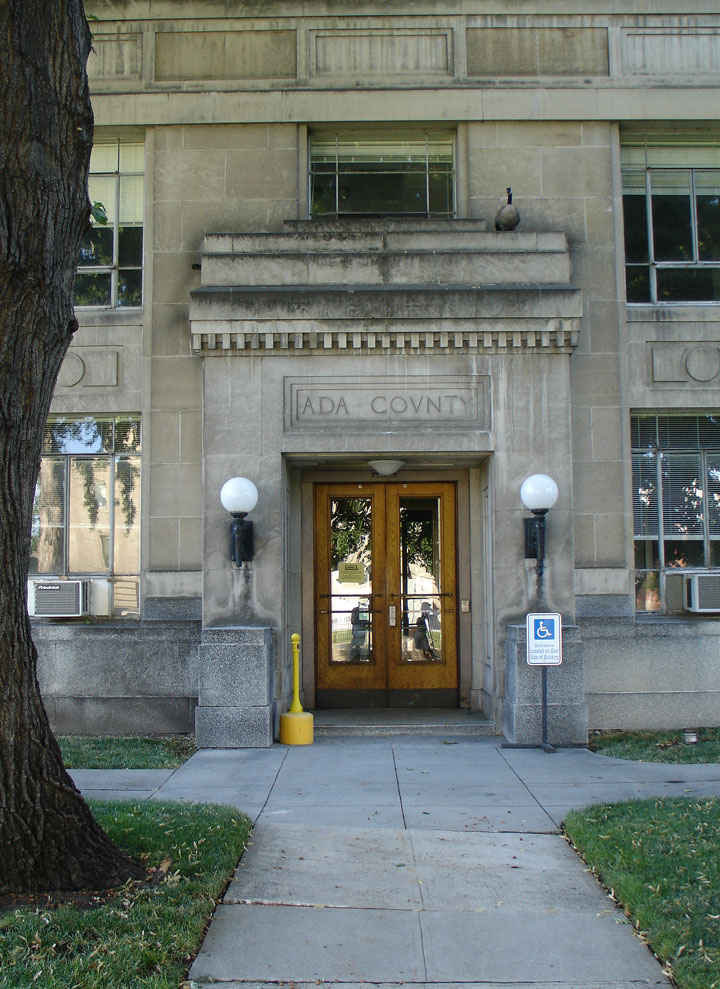
The area was called Boise long before establishment of Fort Boise. The original
Fort Boise was 40 miles (64 km) west near Parma, down the Boise River near its
confluence with the Snake River at the Oregon border. This defense was erected
by the Hudson's Bay Company in the 1830s. It was abandoned in the 1850s, but
massacres along the Oregon Trail prompted the U.S. Army to re-establish a fort
in the area in 1863 during the U.S. Civil War. The new location was selected
because it was near the intersection of the Oregon Trail with a major road
connecting the Boise Basin (Idaho City) and the Owyhee (Silver City) mining
areas, both of which were booming at the time. During the mid-1860s, Idaho City
was the largest city in the Northwest, and as a staging area, Fort Boise grew
rapidly; Boise was incorporated as a city in 1864. The first capital of the
Idaho Territory was Lewiston in north Idaho, which in 1863 was the largest
community, exceeding the populations of Olympia and Seattle, Washington
Territory and Portland, Oregon combined. The original territory was larger than
Texas. But following the creation of Montana Territory, Boise was made the
territorial capital of a much reduced Idaho in a contentious decision which
overturned a district court ruling via a one vote margin in the territorial
supreme court along geographic lines in 1866.
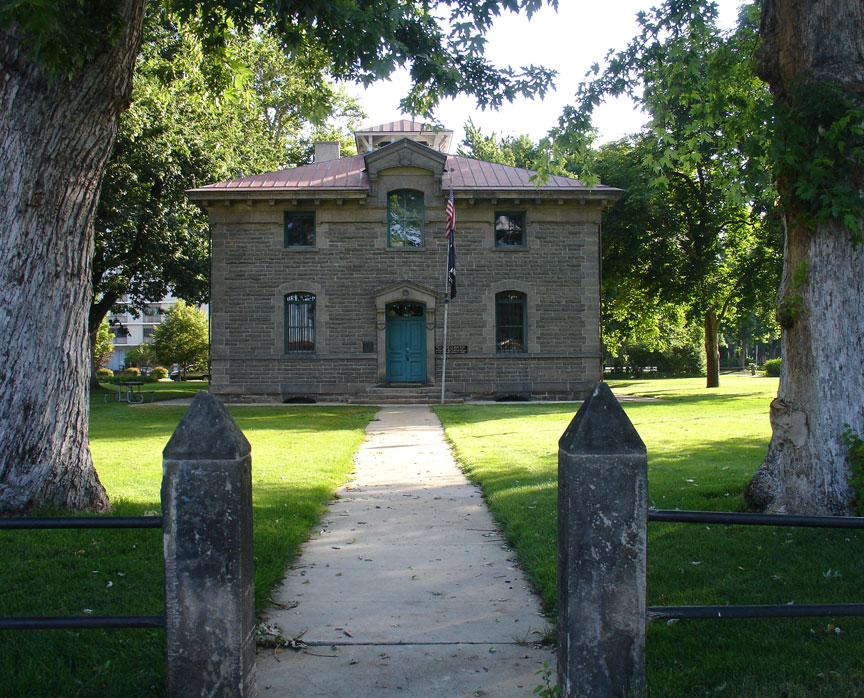
U.S. Assay Office
Designed by Alfred B. Mullett, the U.S. Assay Office at 210 Main Street was built in 1871, and is today a National Historic Landmark.
Text from Wikipedia
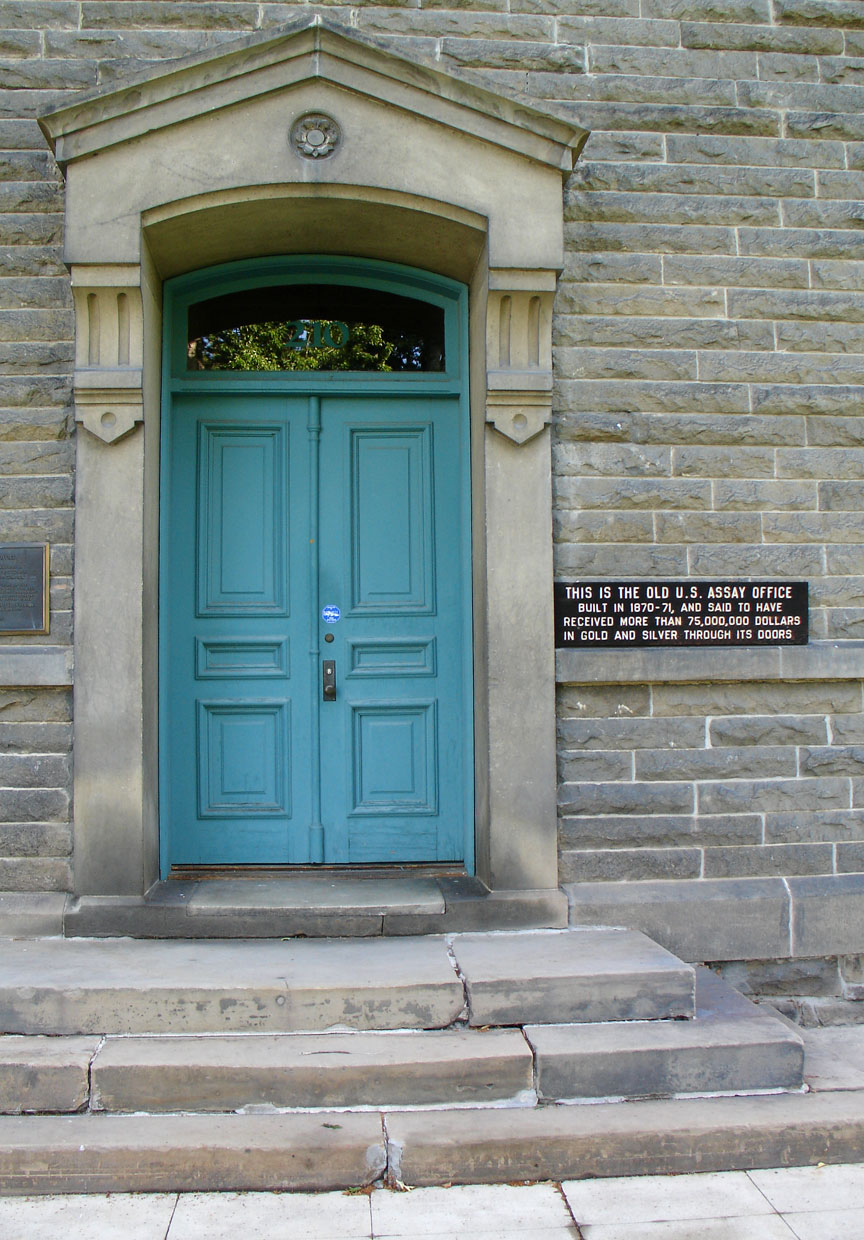
Assay Office
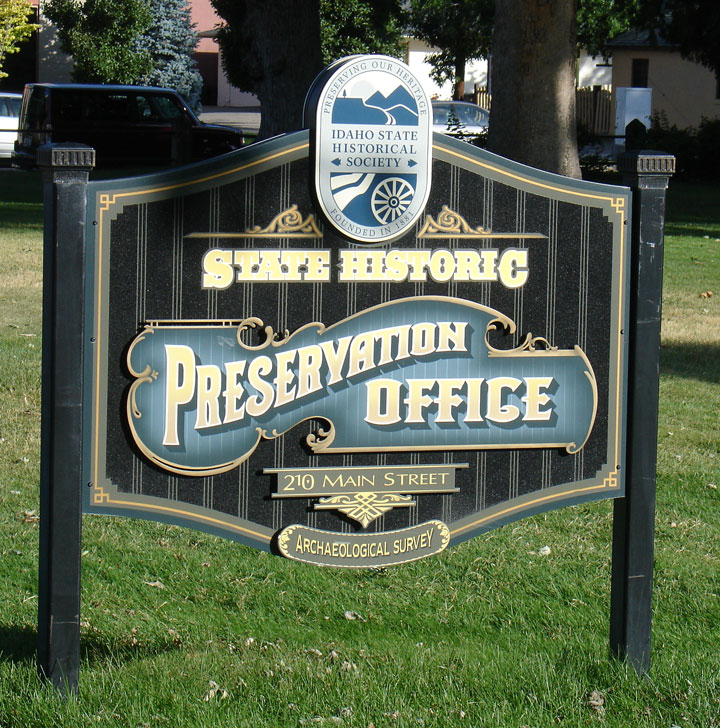
now the State Historic Preservation Office
Capitol Mall

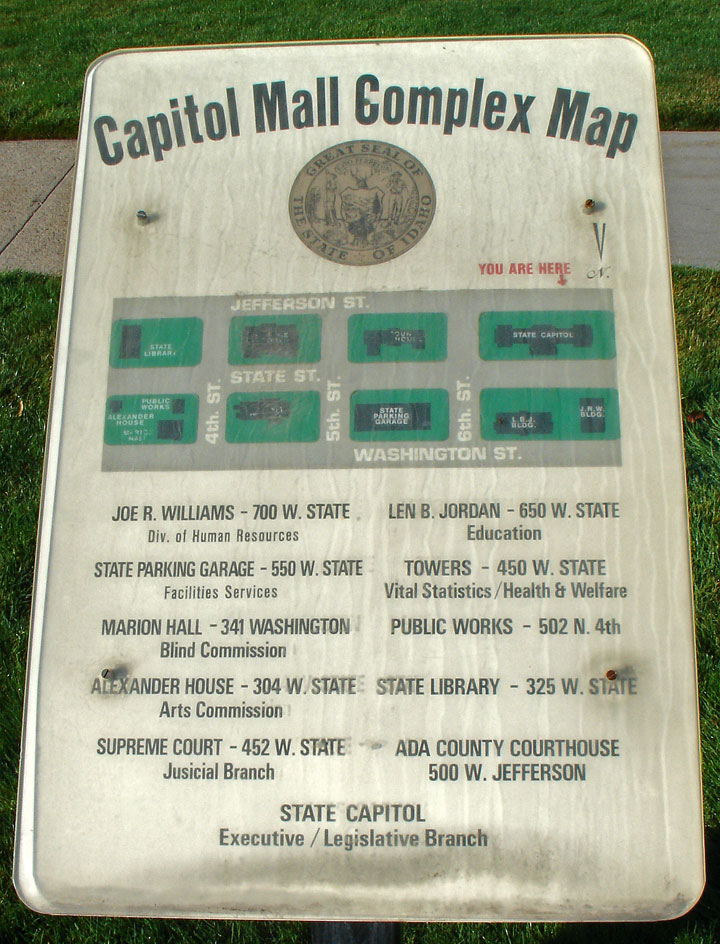

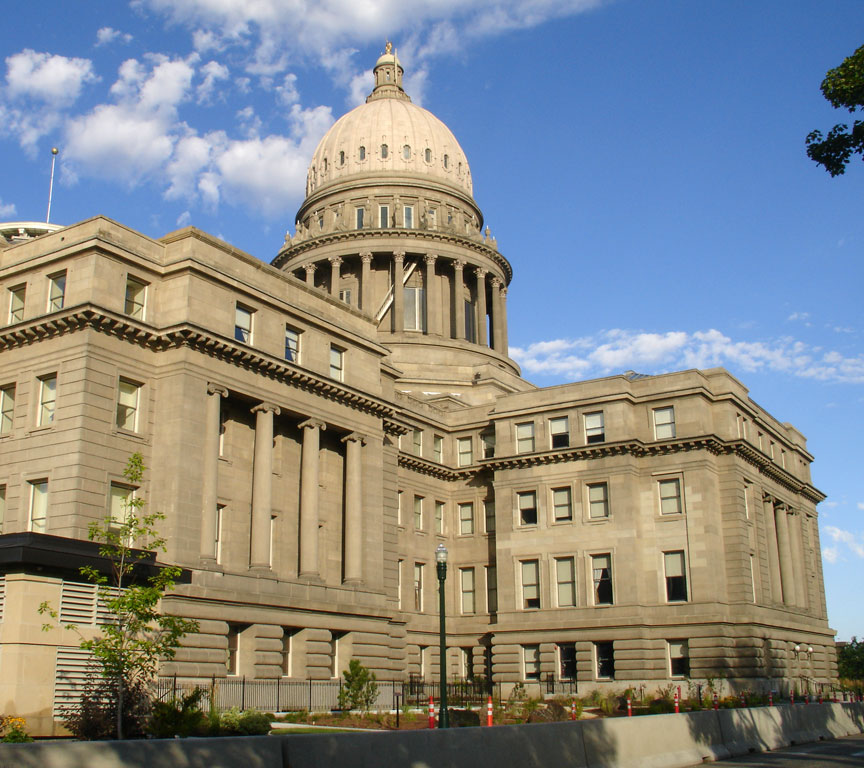
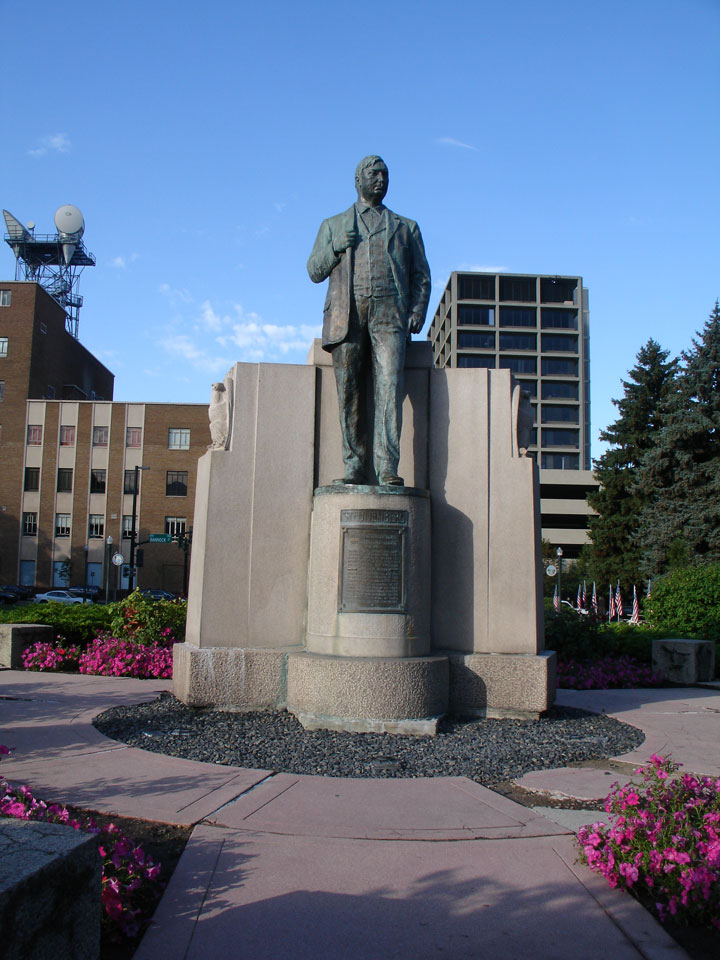
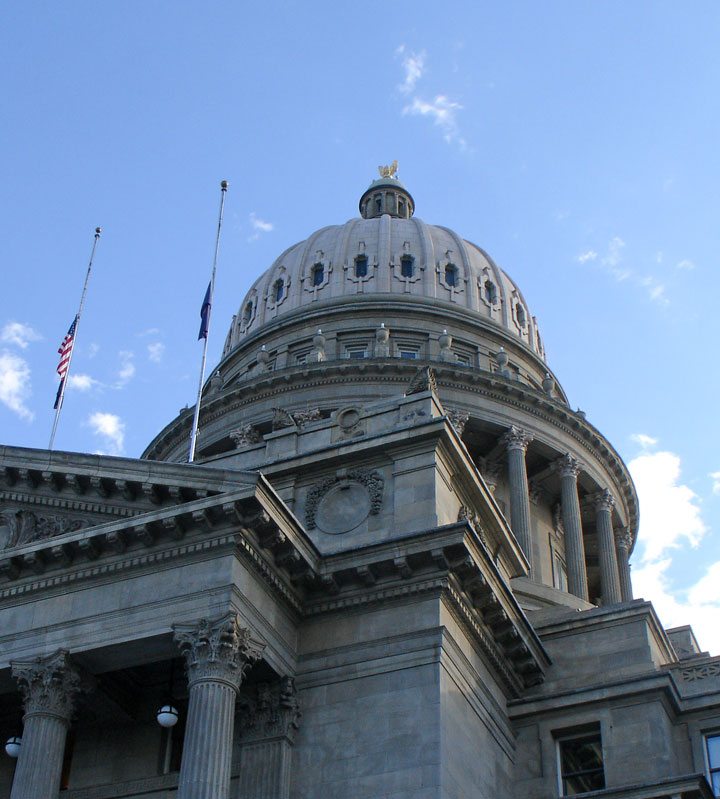
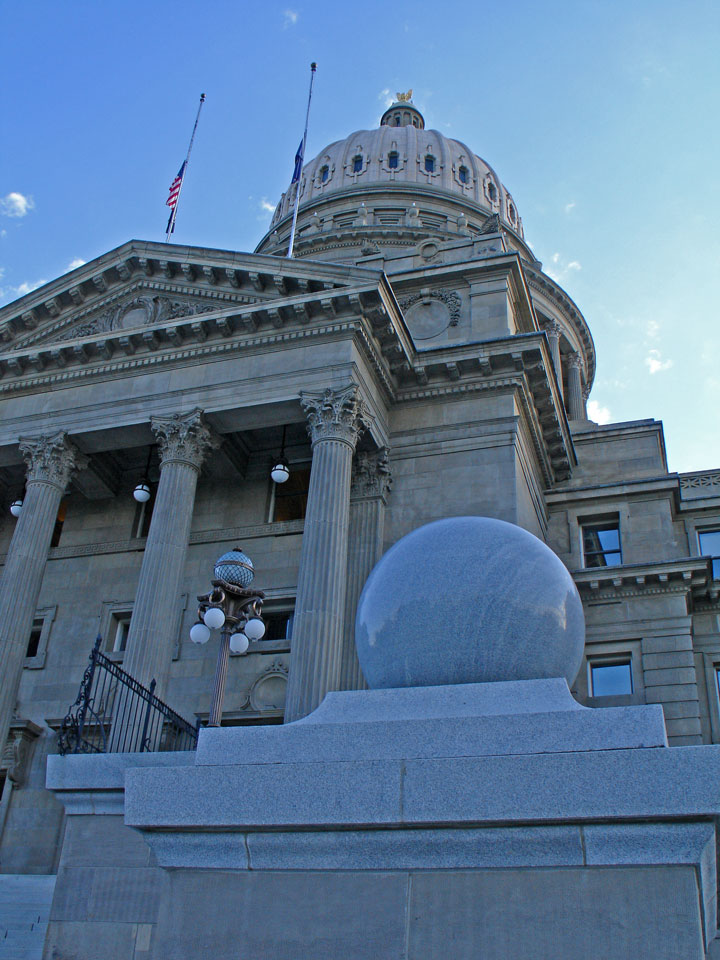
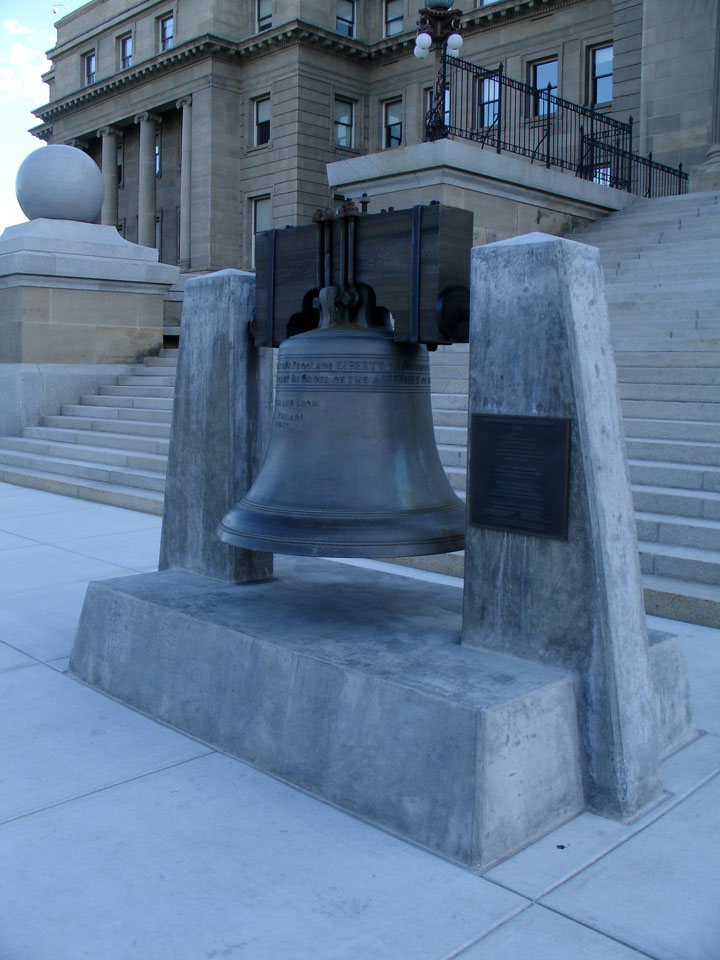
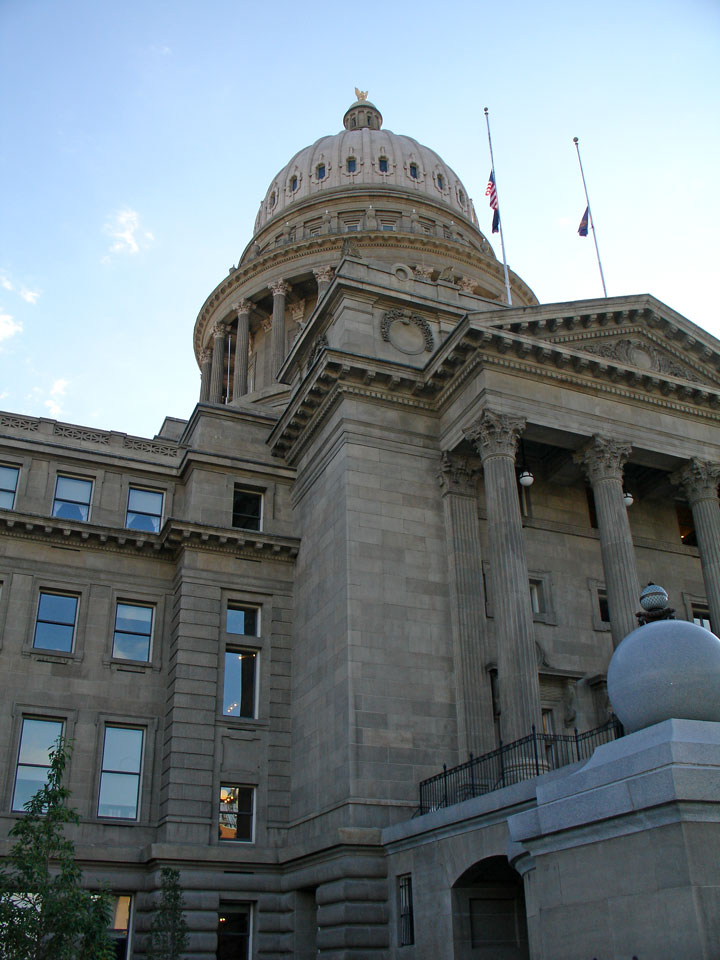
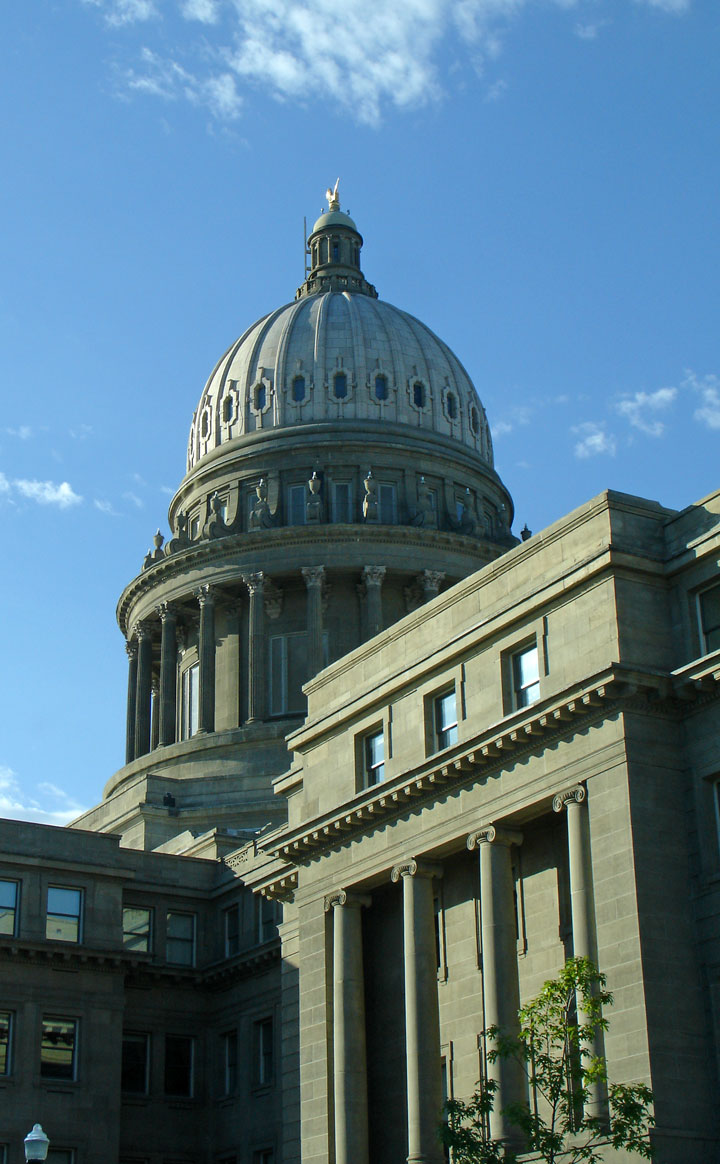
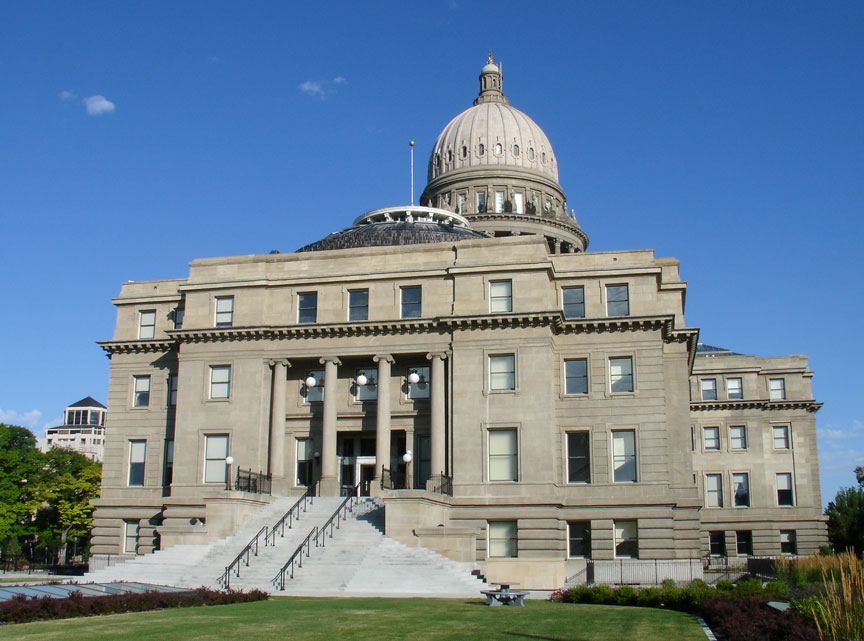
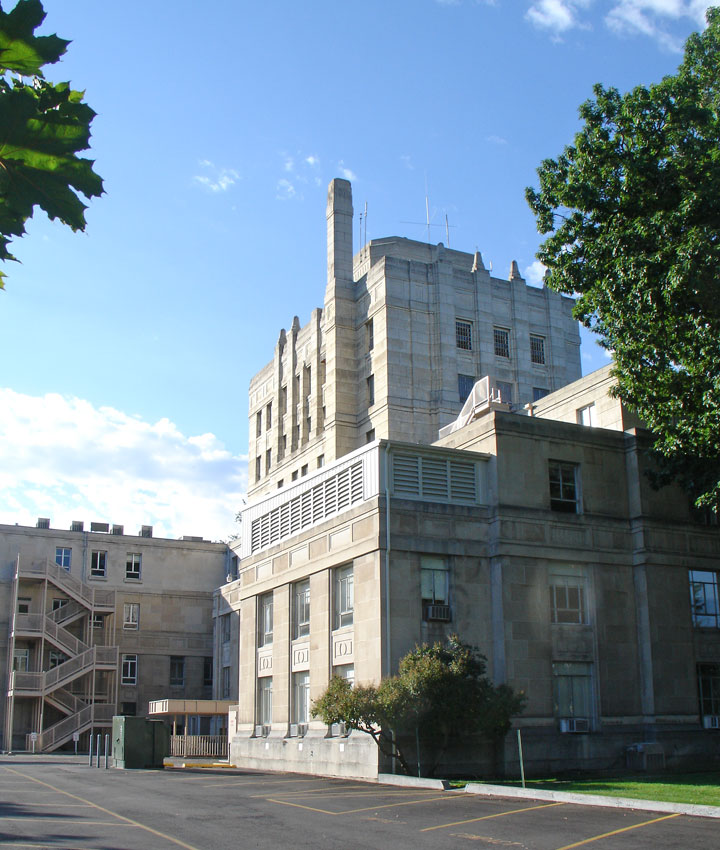
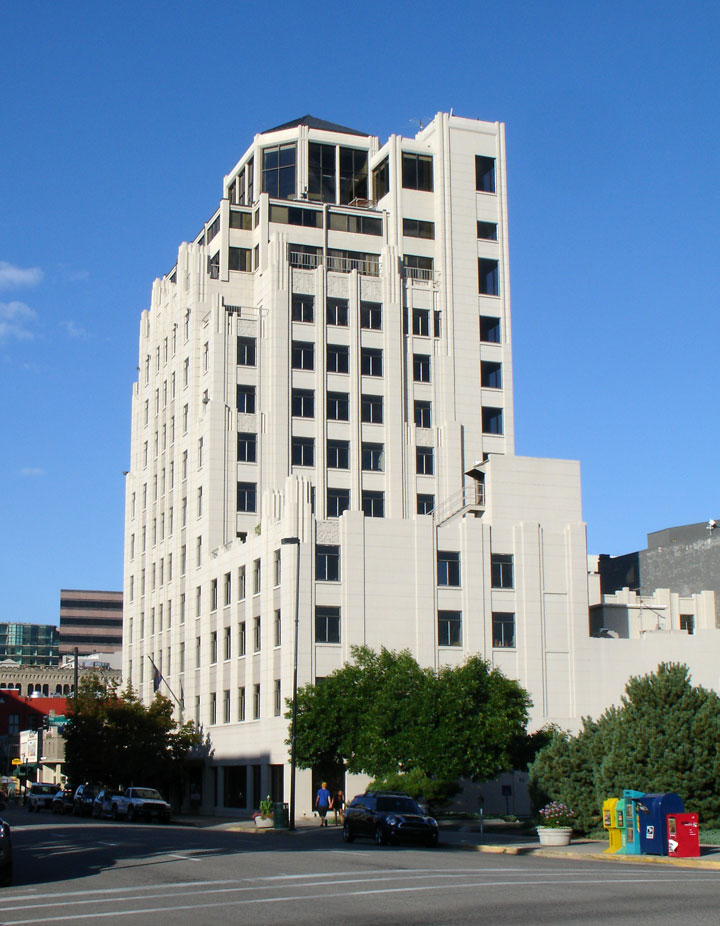
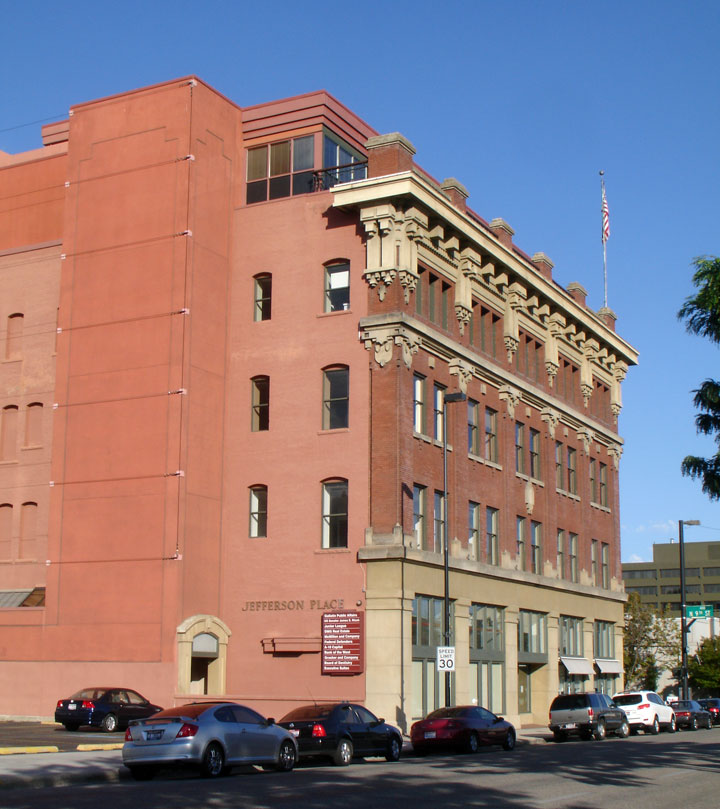
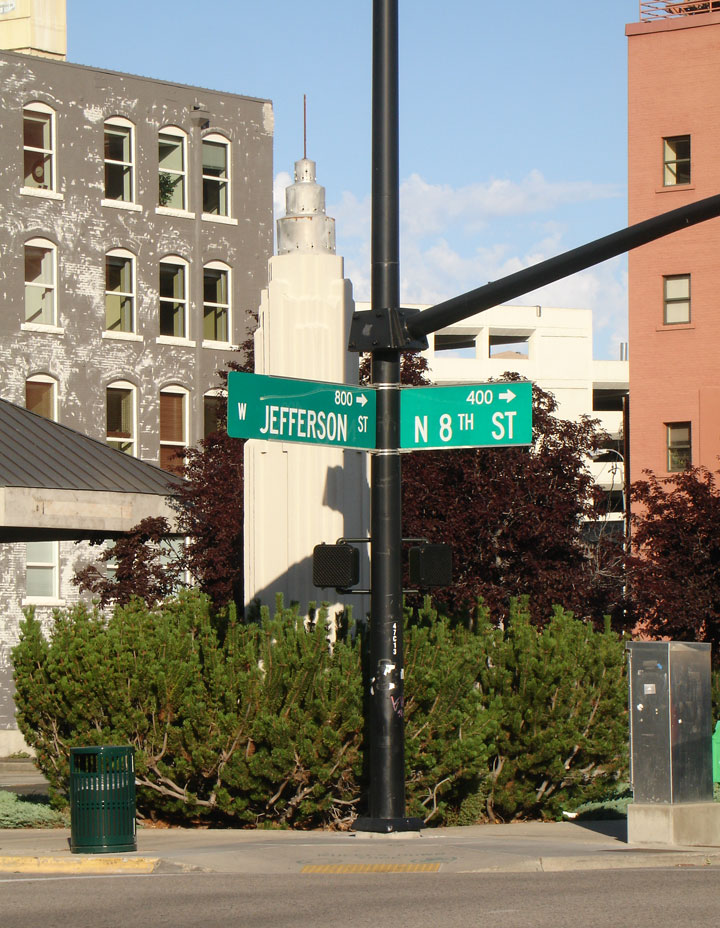
the Town

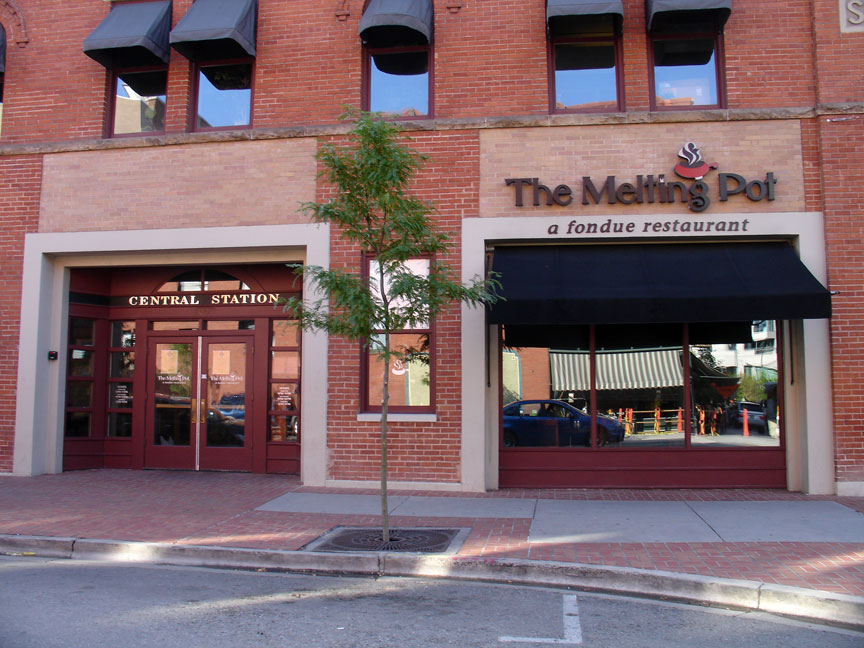

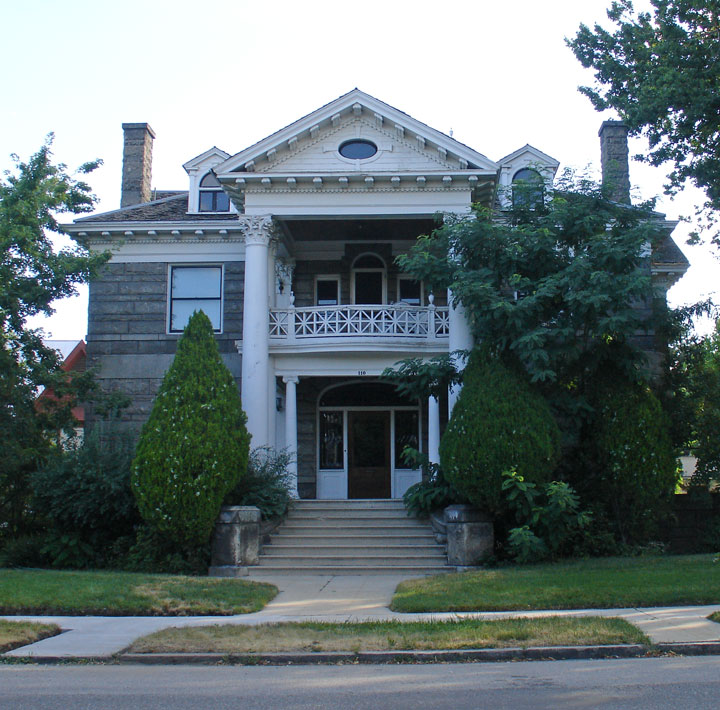
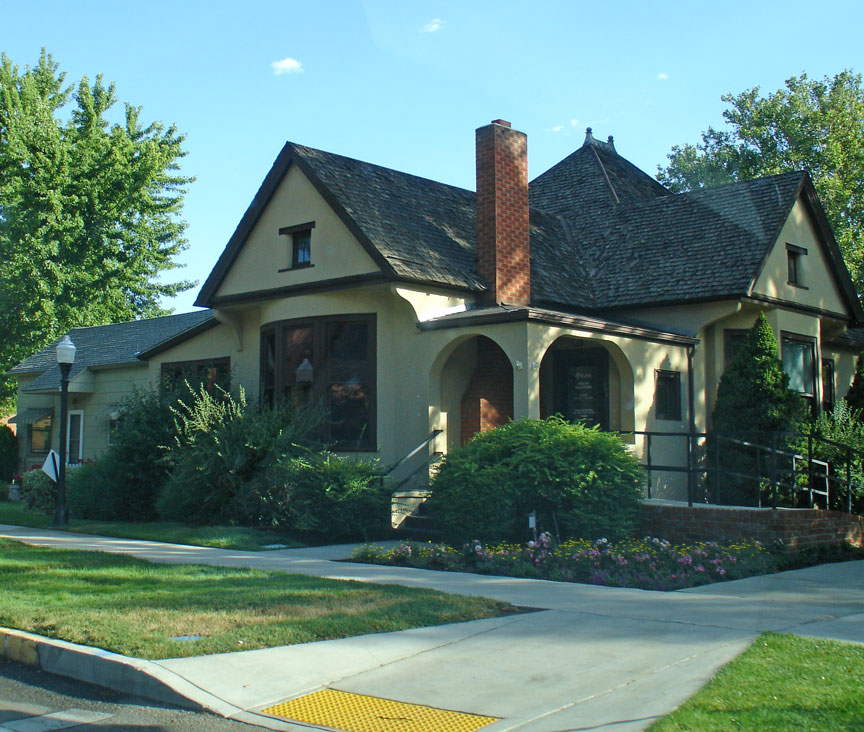
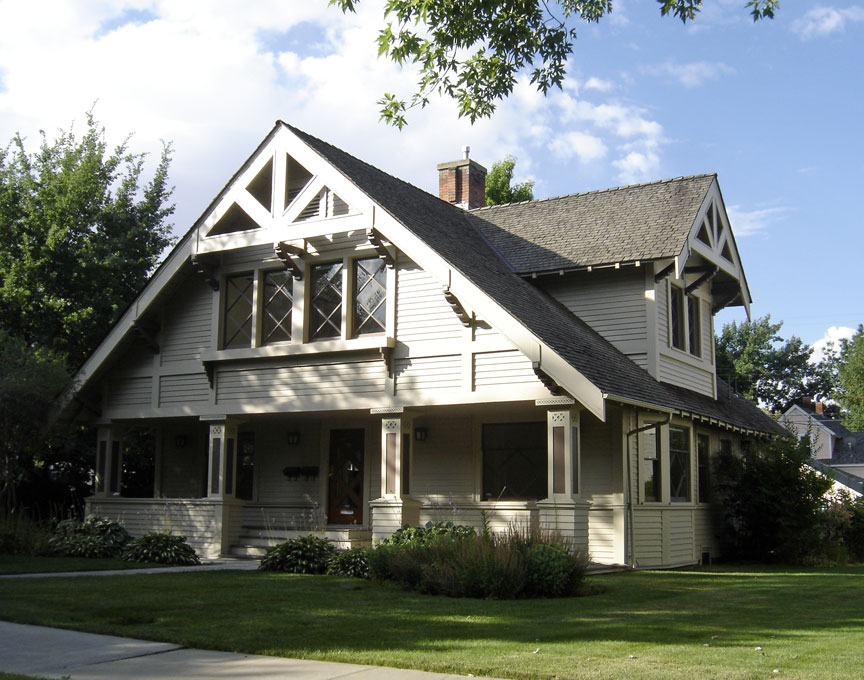
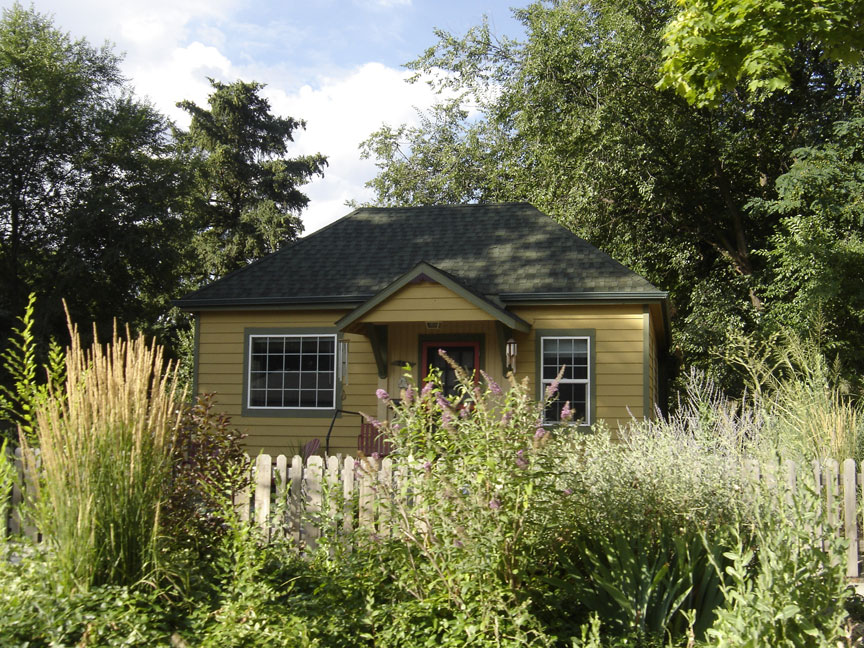
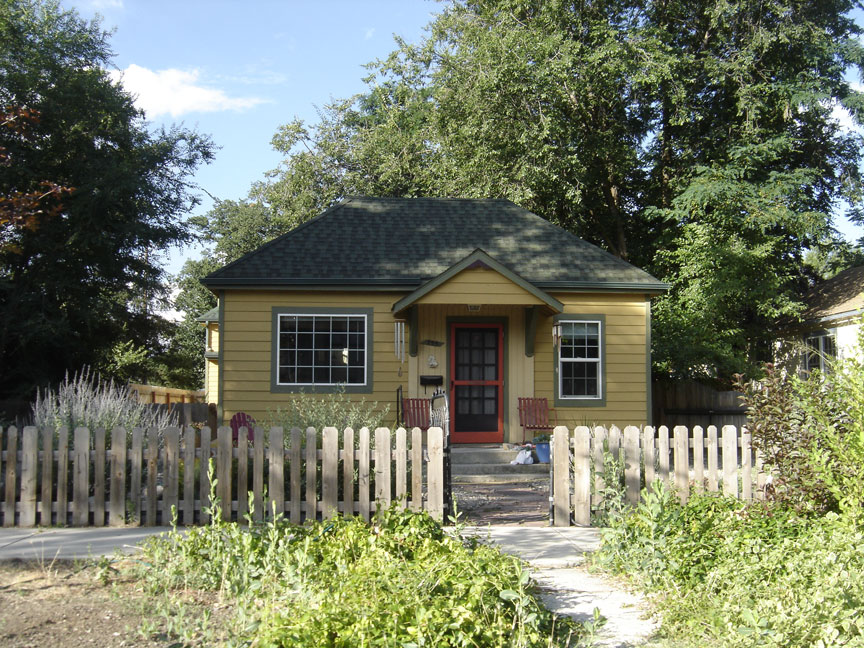
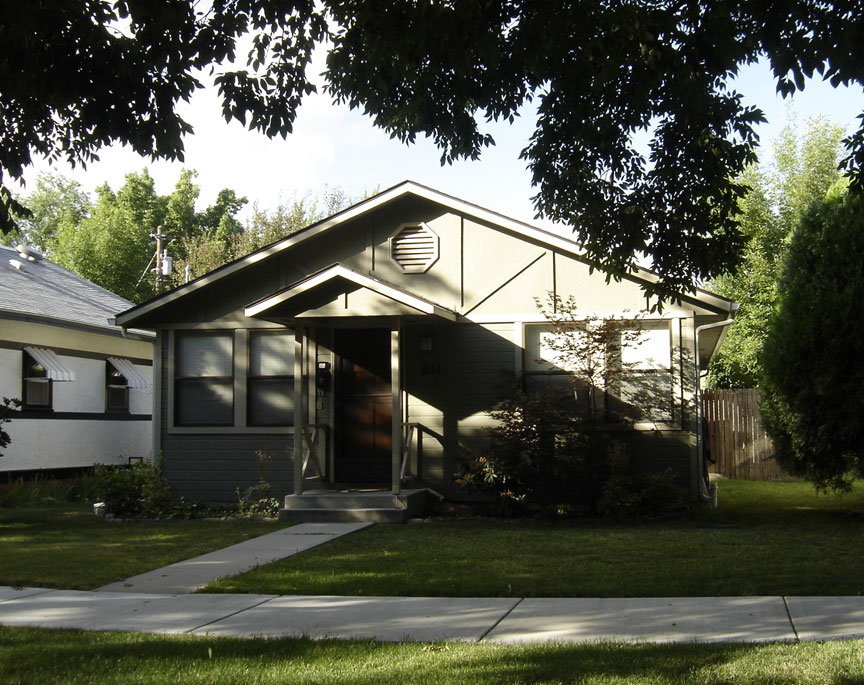
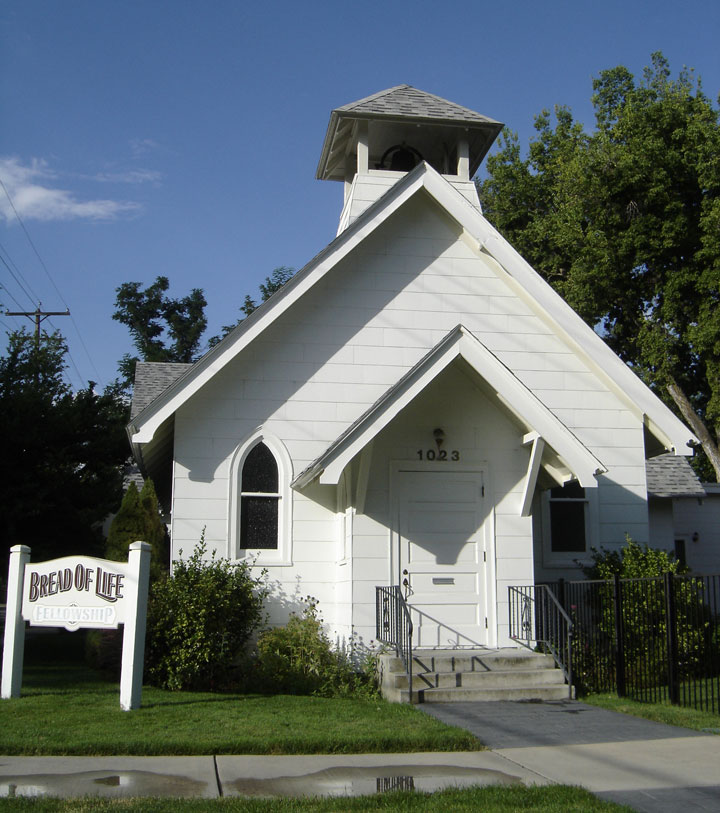

Boise State University stadium